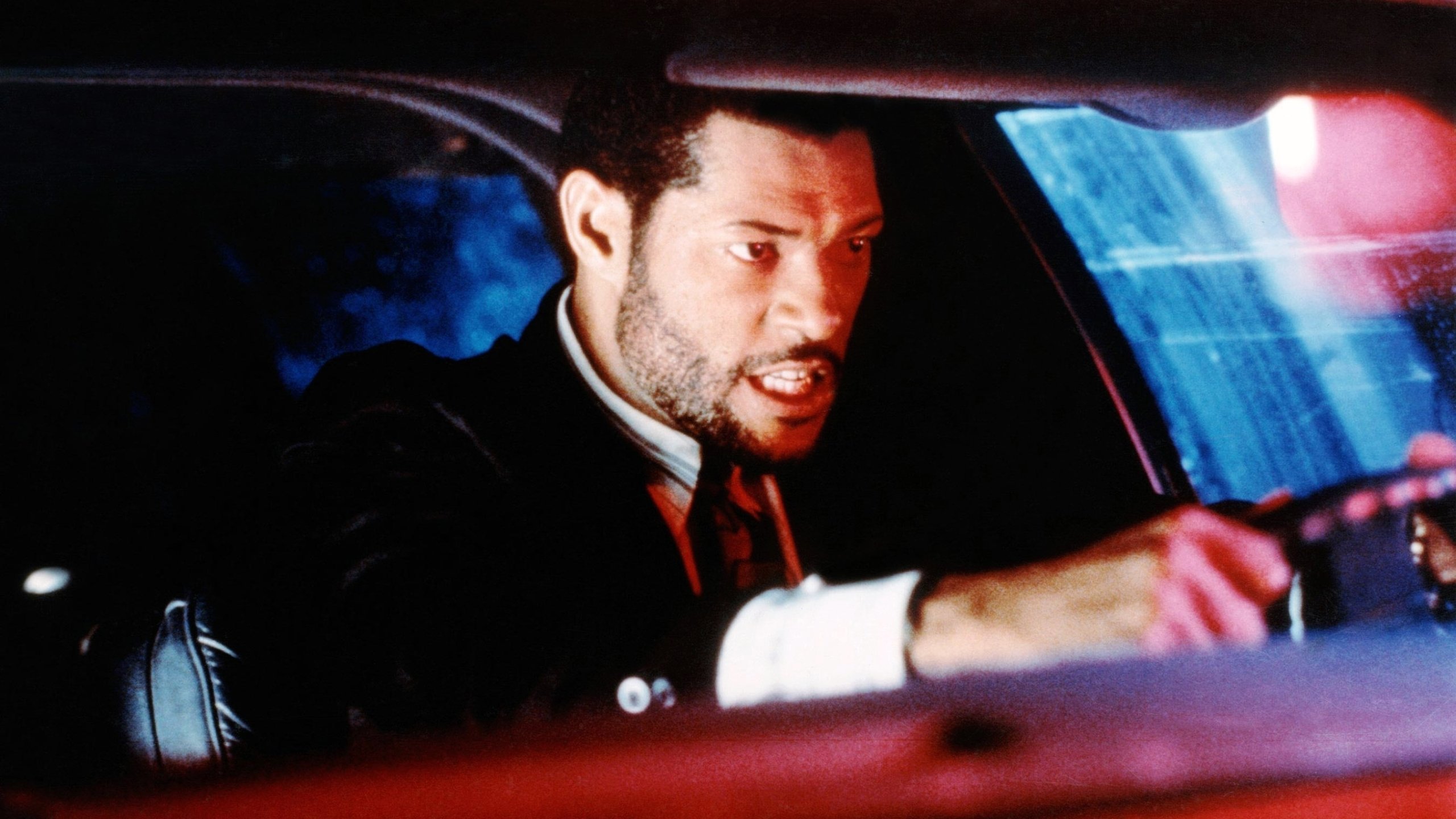

We’ve seen those undercover operatives pushed into criminal actions to maintain their cover, or to lose sight of their reasoning. We’ve seen the undercover descent, where the moral compass shifts.

John is clean cut, moralistic and dedicated to do his duty.ĭeep Cover doesn’t particularly touch new ground in the crime drama realm. His father died after robbing a liquor store to fund a drink and drug habit. John is driven by pain and a moral fortitude. It’s down and dirty, putting a keen focus on the protagonist, John (Laurence Fishburne), a fresh off the beat cop placed in deep cover. This isn’t a wide and expansive gangster opus. A dark world of night owl criminality, and the kind of intimacy a low budget inherently brought with it. Duke took this into Deep Cover, creating a stylish noir, soaked in shadows and neon lighting. He absorbed things from some of the great film directors he’d worked under as an actor, being particularly influenced by Samuel Fuller’s approach to working against the rules of composition.
#Deep cover tv
When working in TV too, the tight time scales lend themselves to efficiency over flair. For Duke, he came into his own as a director the following year with Deep Cover.ĭuke had felt his style as a director had been somewhat restricted by convention. As a starting point it showed Duke as an artist confident to transition from the very different world of television directing. The transition to film eventually came, starting with A Rage in Harlem, a classically styled gangster film played out with a black cast. Starting in TV, Duke was a rare presence as an African-American director. Few in fact, know about Duke’s impressive resume as a director. Through the 80’s he appeared frequently as a supporting artist in films like Commando, Predator and more. An actor with a background in theatre, who had become a memorable character actor. Among a routine cops versus criminals story of black neighbourhoods rife with drug and crime, came something more telling, and that was a non-white perspective.Ī significant figure from the era was Bill Duke. Something like New Jack City proved popular for an array of reasons, and still has aspects of the exploitation era. However, when black directors were given the opportunity to tell crime stories, they were able to show cause and effect, moral complexity and delve into nature/nurture. The black characters under his wing or opposing are more two dimensionally drawn, including a character played by Laurence Fishburne. As good as the film is, the ‘sympathetic’ criminal is Christopher Walken.

That could be in something like King of New York. Atypically these films without the gaze of a black artist would tend to paint black characters two dimensionally or without sympathy. There were of course exceptions and plenty of comedy, though the atypical blaxploitation action film that was so popular in the 70’s, was now being affectionately spoofed by film-makers like the Wayans brothers.Īmong an era of key cornerstones in black cinema, like Boyz n the Hood and Malcolm X, there were an array of neo-noir crime dramas. Everything was in place for the new wave, which largely replaced the exploitation cinema that had the most impact, and hit hard with deeper social commentary and hard hitting drama. Additionally, the 80s, whilst seeing an initial slowdown in black cinema, was still seeing black actors becoming box office powerhouses, not least Eddie Murphy. Gary Gray and John Singleton, would prove telling. That first wave in the 70s, with a boom in blaxploitation and less ‘genre’ based fare too, had subsided but the lasting influence on a rising crop of film-makers like Lee, F. A second revolution in black cinema was already underway after Spike Lee’s fresh and inventive hits like Do The Right Thing and She’s Gotta Have It had broken open doorways. Tom Jolliffe looks back at the Bill Duke-directed Deep Cover at 30…


 0 kommentar(er)
0 kommentar(er)
